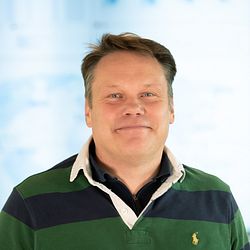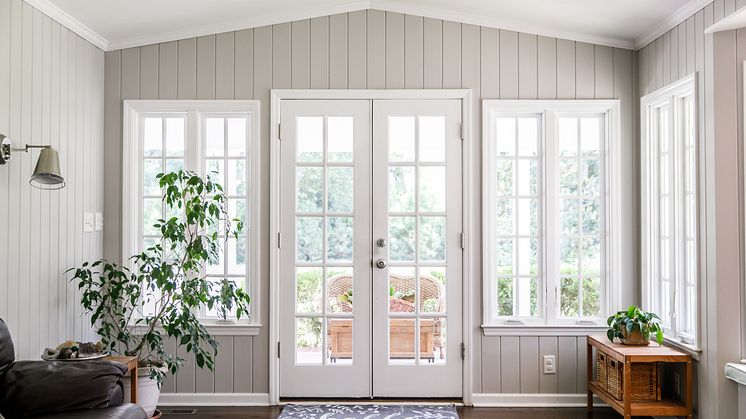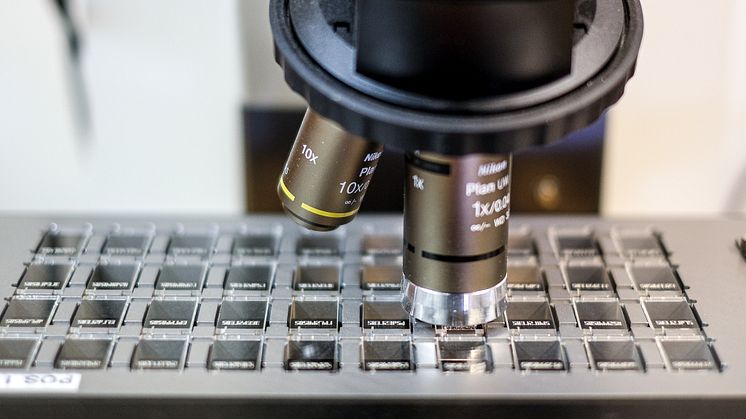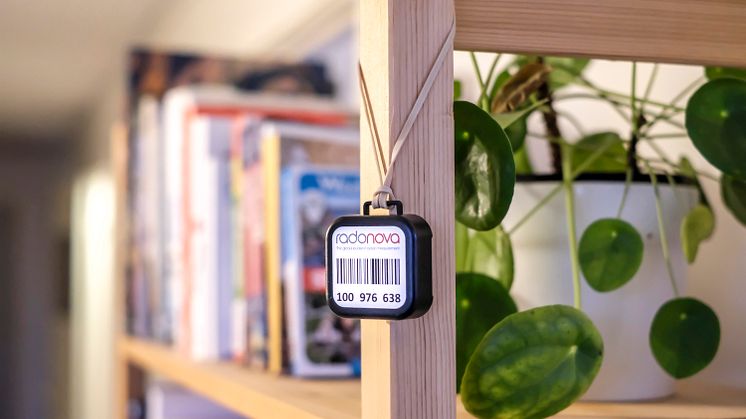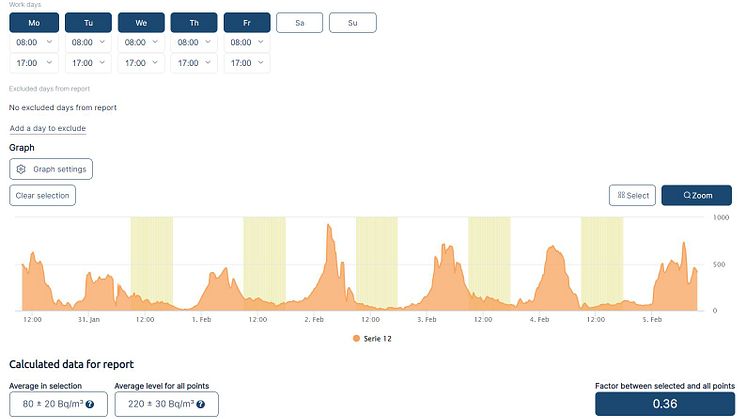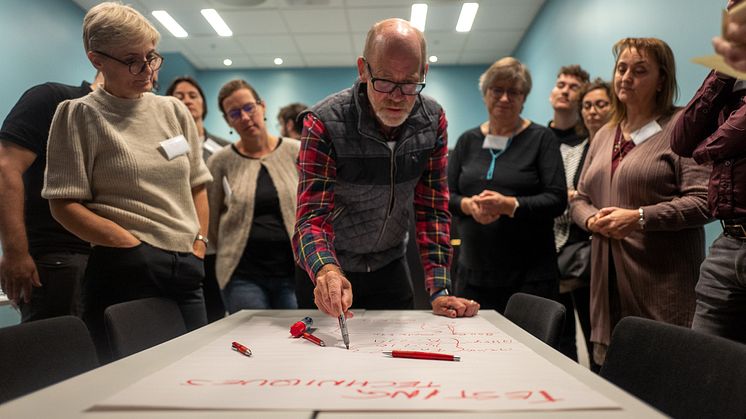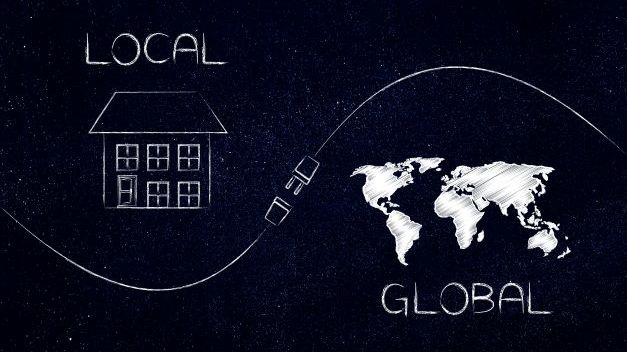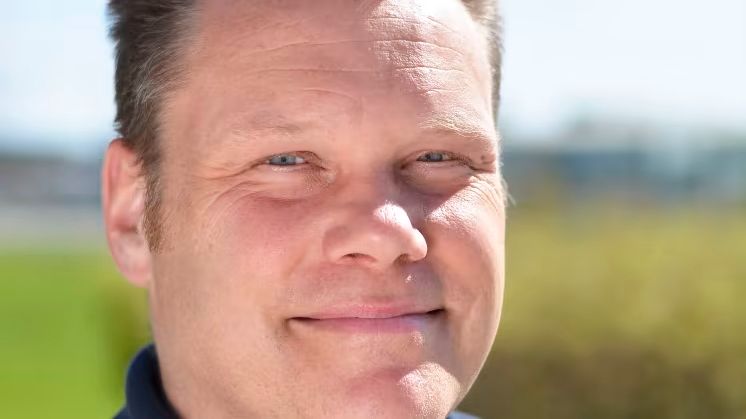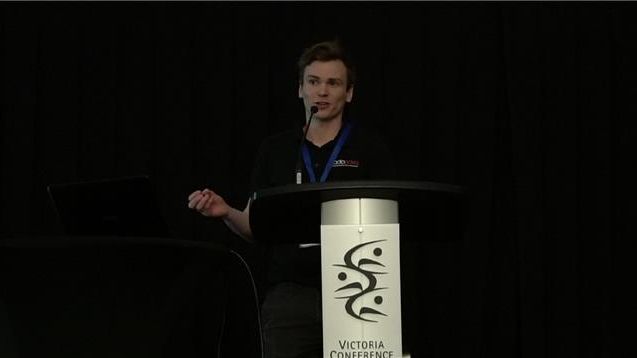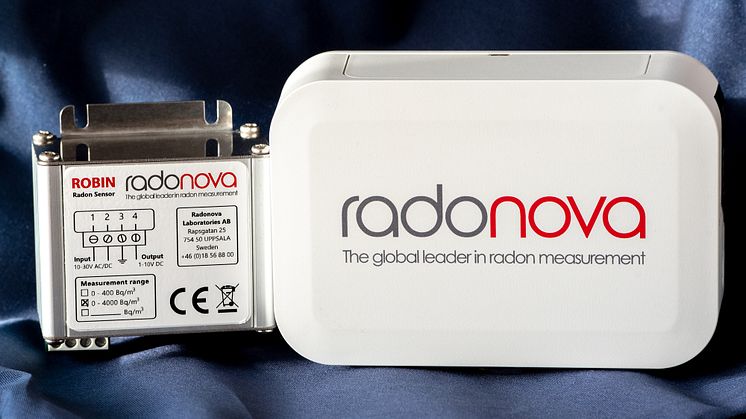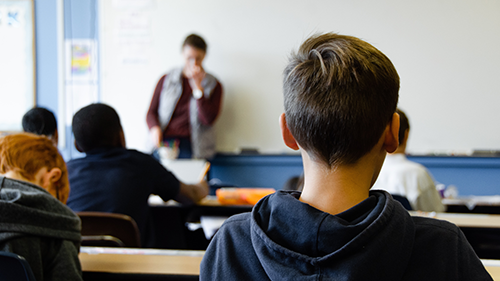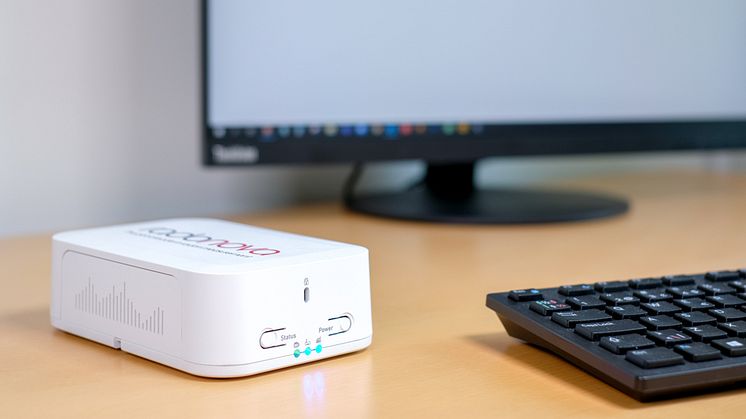
Blog post -
Requirement for follow-up radon measurement during working hours before mitigation
Since the introduction of the 2013/59/Euratom directive, many countries in Europe have started strengthening their national radon regulation, specifically for workplaces and public buildings. For example, introducing lower reference and action levels as well as protocols to ensure good practice when it comes to measuring radon. In this regard, Sweden, with its long tradition of radon measurement, has one of the most precise and accurate protocols in Europe which should be a template for countries where protocols are less developed.
A summary of the Swedish radon measurement protocol
The calculation of the number of measuring points to ascertain the annual average radon level can be complicated based on the method description, but by using a calculator it becomes easier to find out how many detectors are needed. Offices, schools and industrial premises are examples of workplaces covered by the requirements for measurement.
When the annual average value is obtained, it must be checked that all measurement points are below the reference value (200 Bq/m3 in Sweden). If this is not the case, the radon situation at the current measurement point (or measurement points) must be investigated in more detail. Please note that you should not carry out a radon-reducing measure in this situation. According to the Radiation Safety Authority's method description, a follow-up measurement must instead be carried out during working hours. This also applies to schools.
A follow-up measurement is carried out over seven days with a calibrated radon logger that has high sensitivity. It is important to use a radon logger that enables you to select specific data when measuring during working hours to obtain an average value for a working week. After seven days of measurement, a factor is obtained between the radon content during working hours and the radon content during the entire measurement period. By multiplying this factor by the previously measured annual average, an estimated annual average during working hours is obtained. If you use a logger such as SPIRIT, you can easily do this through a report generator on the web. Manual calculations are not necessary in these cases.
Important to do things in the right order
“We have seen some cases where employers and schools were in too much of a hurry to implement a radon-lowering mitigation. If you do not carry out a follow-up measurement when required, it means in practice you delay the entire process of radon-proofing the workplace. Therefore, it is important to follow the method description and complete the measurement before taking the next step for any action”, says Karl Nilsson, CEO of Radonova Laboratories.
If the corrected average value during working hours is below the reference value of 200 Bq/m3, no radon measure needs to be implemented. If, on the other hand, it is in excess, you must assess what measures are required to lower it. The easiest way to do this is to contact a certified radon consultant who can investigate the cause of the elevated levels and suggest solutions.
